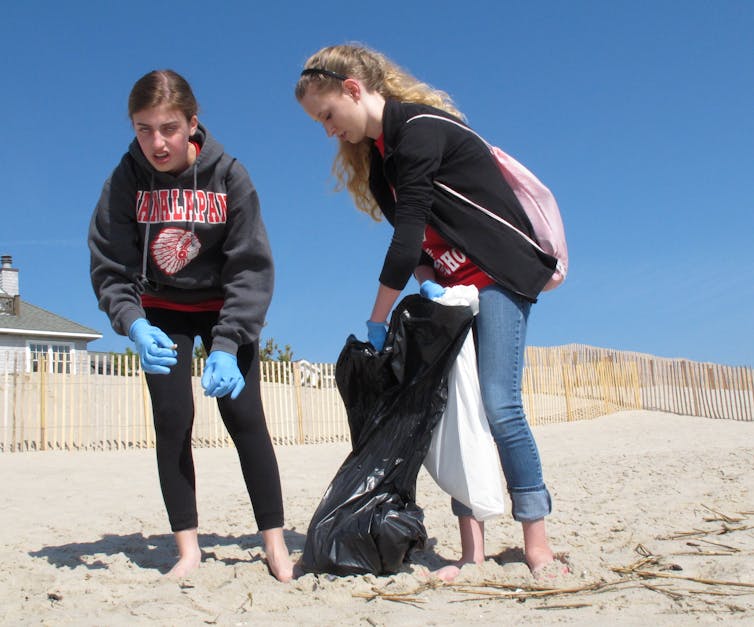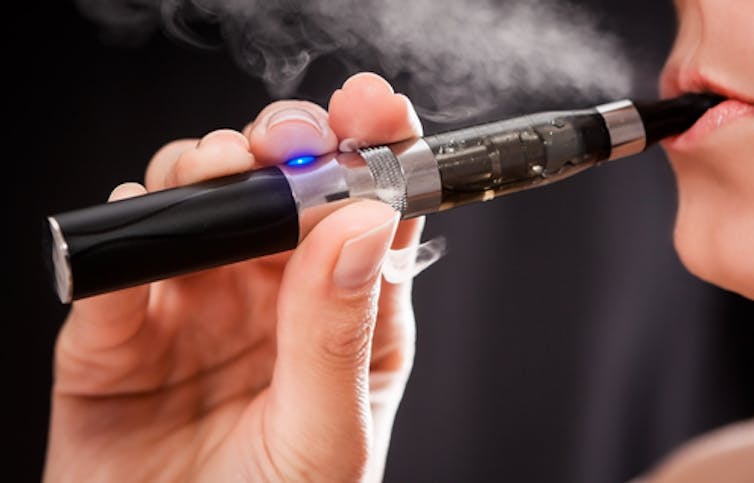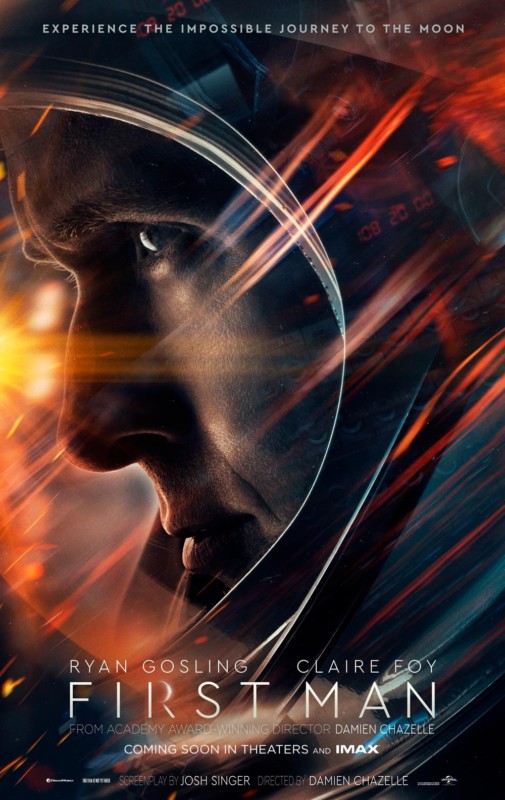Bohemian Rhapsody (9/10) Movie Review and Video – CWEB.com
Photo Credit Video /20th Century Fox
Film Distribution / 20th Century Fox
Runtime 134 minutes
PG-13
We will we will ROCK you!
Who doesn’t know this song by the group Queen?
Freddie Mercury was the lead singer for Queen and was one of the most electric performers ever seen on stage. He had a way and mannerisms all his own. With his buck teeth, skin tight costumes and exuberant energy, he was definitely one of a kind.
Directed by Bryan Singer from a script by Anthony McCarten from a story by McCarten and Peter Morgan, this film perfectly captures Mercury’s flamboyance and Queen’s music that transcended stereotyping and genre identification.
Because of his unique persona and identity, finding someone who could play Freddie without harm to the image was essential to the success of the film. Rami Malek becomes Freddie as much as Freddie could play himself. He looks like him, walks like him, and performs like him.
When biopics are made of iconic singers, I generally prefer that the actor lip-syncs to the real voice, like Larry Parks did with Al Jolson. I always mention how Joaquin Phoenix ruined Walk the Line (2006) by insisting the film use his voice instead of Johnny Cash’s. Going into this, that’s the way I felt here, too. But Malek says it was an “amalgamation of voices,” whatever that means. In any event, it is charismatic. No complaints here.
He is aided by a sterling cast, including Lucy Boynton as Mary Austin, Gwilym Lee as guitarist Brian May; Ben Hardy as drummer Roger Taylor; Joe Mazzello as bass guitarist John “Deacy” Deacon; Aidan Gillen as Queen’s first manager John Reid; Tom Hollander as the group’s lawyer-turned-manager Jim “Miami” Beach; Allen Leech as the evil, manipulative Paul Prenter, who started off as Reid’s assistant and became Freddie’s personal manager and lover; Aaron McCusker as Freddie’s longtime boyfriend Jim Hutton; and Mike Myers as EMI Records’ Ray Foster, apparently a fictional character.
This film captivated me, even though I was not a Queen aficionado. Singer shows Mercury’s mercurial personality, but also his private moments with his girlfriend Mary, along with the disputes that broke up the band as well as the event that brought them back together, ending up with the seminal Live Aid Concert in 1985 with Freddie performing heroically when he was already dying from AIDs.
The climax to the film is the Live Aid concert, and it is marvelous. They recreated the stage used at Wembley Stadium down to the tiniest detail and then expertly wove the actors’ performance into film of the actual concert itself. Here’s how producer Graham King describes what they did:
“I just lost it. I was in tears. I had never been like that on any movie set before. All the years started flooding back not only to do with this film but being young and watching Live Aid. We knew we had to get it right–the movement, the look, the crowd, it had to be accurate. And it felt right at the very first rehearsal, which was in the first week of filming. We did a lot of takes long into the night, and those four guys, Rami, Gwilym, Ben and Joe, were right inside their characters all the way through. The energy there was so high that no one wanted to stop! We all came together, and we knew we were creating something very special. Live Aid was such an important, precious event that we felt we had to honor it. And from the construction of the set to the music to the atmosphere to the performance, I think we did.”
They did that with the entire movie.













